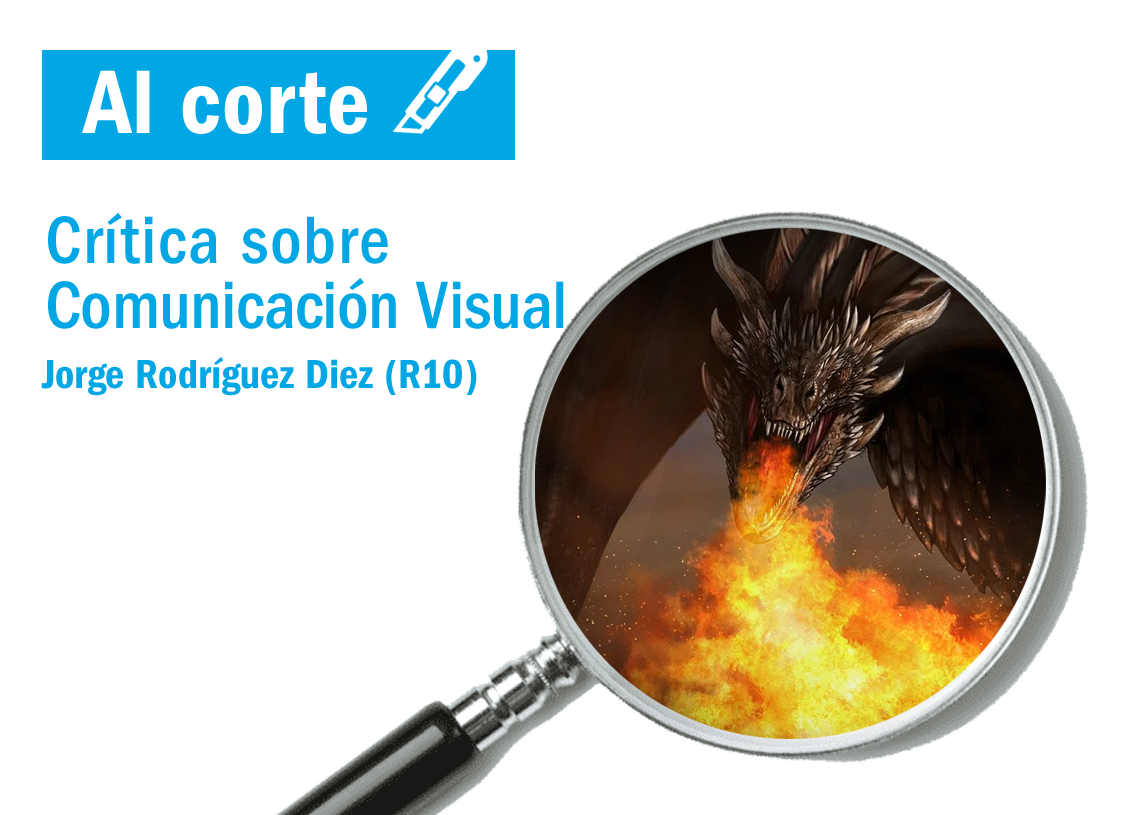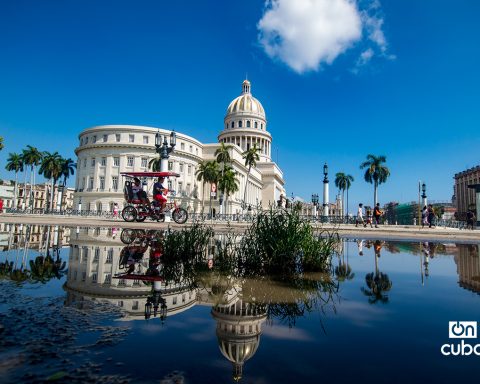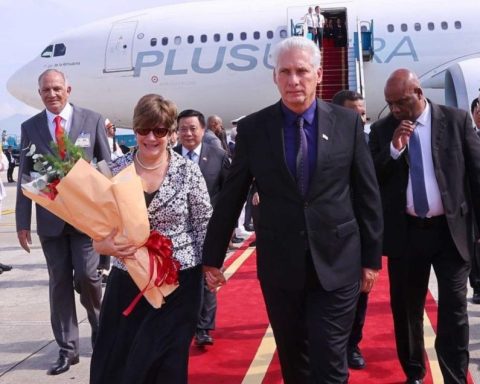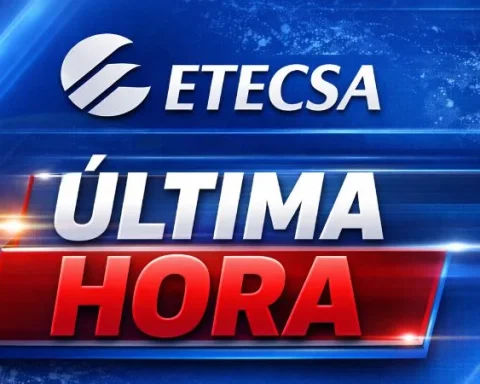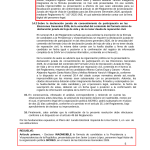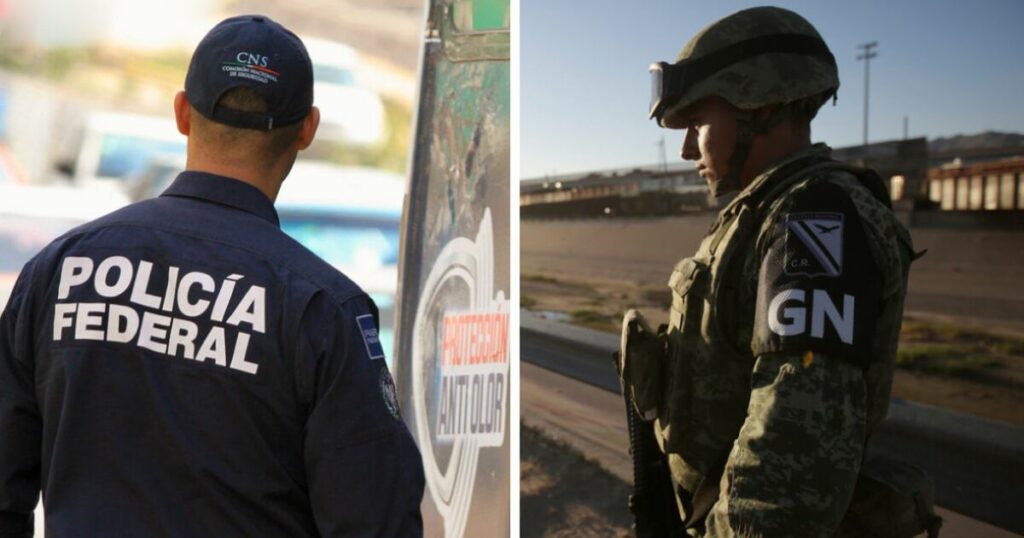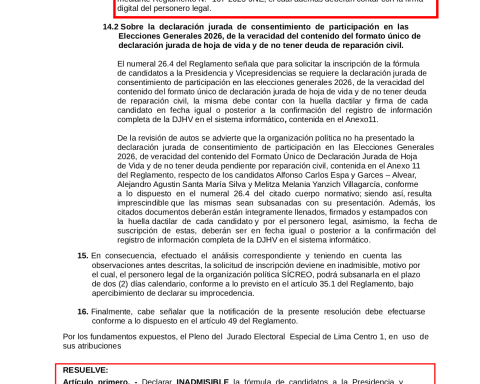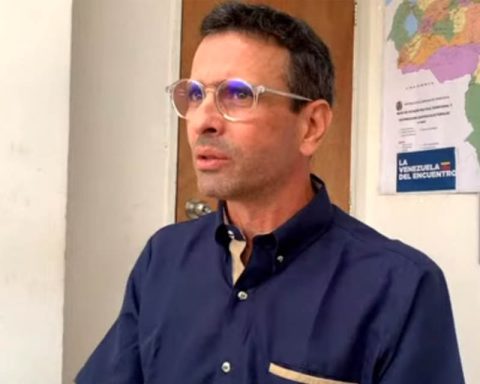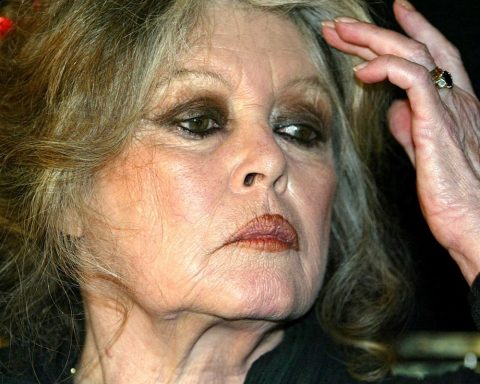This image was sent to me last Friday. Rolled without much success on the moralizing slopes of Facebook. It was originally published on a Mexican page: Turriland. An entertainment site with over ninety thousand followers. More than 700 people liked it and it was shared by more than 600. It’s not enough to go viral, of course, but hundreds of people thought it was kind of funny.
It is interesting where we come to recognition. Nobody has commented —that I have been able to read— on the ilk of the tacos, nor on the nobility of the meat. It has given grace, not much more. However, it is possible that the resource is not entirely wrong. Remember the waterfall Jurassic Bread that sprouted a few years ago everywhere. A very Latin American phenomenon in essence. The region suffers from a certain weakness for this kind of little identity games: a mischievous mixture of humor and marketing. Simple too.
Dracarys is a word familiar to fans or followers of Game of Thrones. It is a battle cry, a word that made the dragons of the Targaryens vomit fire on their enemies. It was the nuclear weapons of the lands west of the Narrow Sea that protected the Iron Throne within the Red Keep.
It makes sense to associate the incandescent breath of the dragon with the South American spiciness. It is often depicted that way. In English the term is “hot”. One thing leads to another. The detail is that the dragon is present only for the term. Flames erupt from a Targaryen. The simplicity of the drawing does not reveal whether it is the already mythical Daenerys or her predecessor, the young Rhaenyra, played by the Australian Milly Alcock in the first season of “The House of the Dragon”, which is broadcast today by HBO Max.
If this image comes to me at this time, when episode 5 has already been broadcast and we still have half the season ahead, I have no choice but to relate them. It does not go beyond taking advantage of the specific moment. make a connection, a rapport immediately with potential customers. And it is a hasty drawing, a somewhat extravagant caricature that takes advantage of the D of “Dracarys” to represent the burning effect of the chili in the grotesque mouth of the princess. An underrated joke. We are not talking about design or conceptualizations or transcendental solutions. There is none of that here. Just a primitive poster, resolved haphazardly and not intending to go anywhere.
That is precisely what I find interesting. When we create a brand and start working on it, what we do is try to establish it, fix it in the customer’s mind by repetition, seeking his loyalty. The brand will evolve over time, adapting to the graphic languages that its time demands, but without losing its essence, which should be carefully considered. It is a long process of consolidation, of sedimentation in popular visual and commercial culture. Brands that refer to literal events or experiences often suffer from horrible old age. Because although we see many of them associated with icons of the past, it is not because they assumed their possible importance since then, but rather they took advantage of what they achieved over time.
On the contrary, it can be the business of a weekend. A timbichiri of periquete. In which case it doesn’t matter. But it is to be assumed that a taco business – or a pizza business – does not get up or improvise overnight. Cooking is not a rapture of faith, any more than sustained service is. You don’t make a chef in a weekend or improvise catering businesses. As transitory as it may be, the primary concept of a taqueria must endure. I don’t believe in transhumant food businesses. Even carts or Food Trucks tend to park in one place all the time.
In the same way that I consider that it is not brilliant to baptize a business with terms or concepts anchored to the vicissitudes of the present or potentially ephemeral. Not everything that achieves some notoriety will accompany the generational transitions. Branding is possibly the strongest asset in any business and should not be taken lightly. Because only the passage of time and the support of high quality standards, which result in the ‘tacit’ commitments of a large group of customers —among other conditions—, will allow a small taco stand, for example, to become a renowned local or even in a franchise chain. Harland D. Sanders started frying chicken in a pan in his little gas station diner in 1930. He called it Kentucky Fried Chicken.

